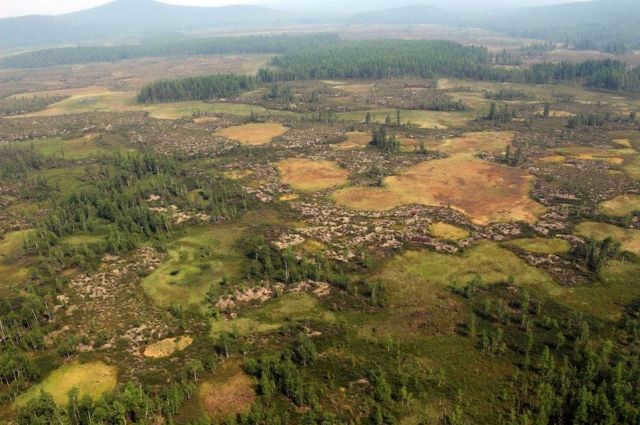

Many books and numerous popular scientific articles have been written about this celestial phenomenon, and countless expeditions have been organized to investigate the epicenter of the catastrophe. However, despite these efforts, no traces of extraterrestrial origin have been found.
A team of scientists from Siberia, led by Dr. Sergei Karpov, a doctor of physical and mathematical sciences, professor, and leading researcher at the Kirensky Institute of the Institute of Physics of the Siberian Branch of the Russian Academy of Sciences, has proposed an alternative hypothesis suggesting that the Tunguska meteorite did not actually crash onto the Earth. Dr. Karpov shared his perspective with the correspondent of “AiF-Krasnoyarsk”.
Childhood dream
Tatiana Firsova, “AiF-Krasnoyarsk”: Sergey Vasilyevich, you have a doctorate in physical and mathematical sciences and have been working in the field of “physics” for 40 years. How does the Tunguska meteorite relate to your work? Isn’t that more in the realm of astronomy?
Sergei Karpov Ever since I was a child, I have had a deep fascination with space and have always enjoyed observing the wonders of the universe through a telescope. My dream was to become an astronomer, but during the early 1970s, the competition for university spots in this field was incredibly high. As a result, I ended up enrolling in the physics department at Krasnoyarsk State University. Nevertheless, my passion for astronomy has remained a constant in my life. The Tunguska event, in particular, has captivated my attention for a long time. It was an extraordinary occurrence on a global scale that still remains shrouded in mystery. Every decade, astronomers commemorate the anniversary of this cosmic catastrophe. In 1995, as the 90th anniversary approached, a new idea dawned upon me to explain the Tunguska phenomenon. However, at that time, the lack of powerful computers and advanced software made it challenging to bring this idea to fruition.
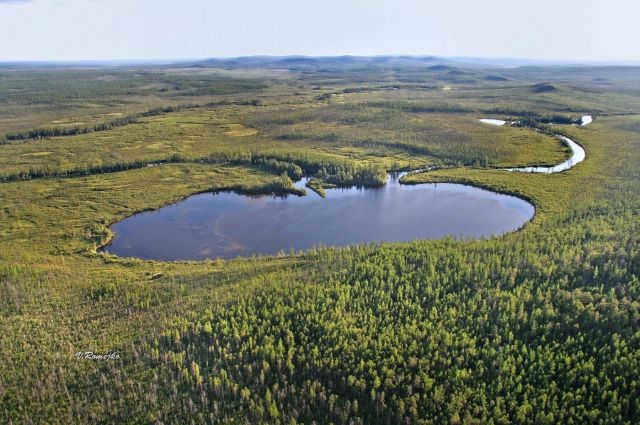
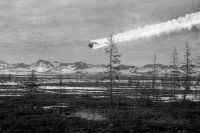
Whistled by
– Did the meteorite land on Earth or not, according to your account?
– Our belief leans towards the idea that the celestial object, after traversing approximately 3 thousand kilometers through the Earth’s atmosphere, lost about half of its original mass and proceeded to follow a near-solar orbit. It resembled an asteroid in nature. Such meteoroids occasionally pass through the atmosphere, but at much higher altitudes – around 70-90 km. During this process, they become heated by the air’s friction to temperatures reaching several thousand degrees before eventually exiting the atmosphere and continuing their journey in space. The peculiarity of the Tunguska asteroid lies in its unusually low descent – at a mere distance of 10-15 km from the Earth’s surface. We have conducted calculations to determine the fate of objects composed of typical space materials like rock, ice, and iron, when they travel at a characteristic speed of 20 km/s along a trajectory situated at an altitude of 10-15 km.
It was discovered that an ice body would completely lose its mass and evaporate within the dense layers of the atmosphere. Furthermore, due to their low strength in the face of tremendous aerodynamic pressure, ice and rocky bodies disintegrate into fragments.
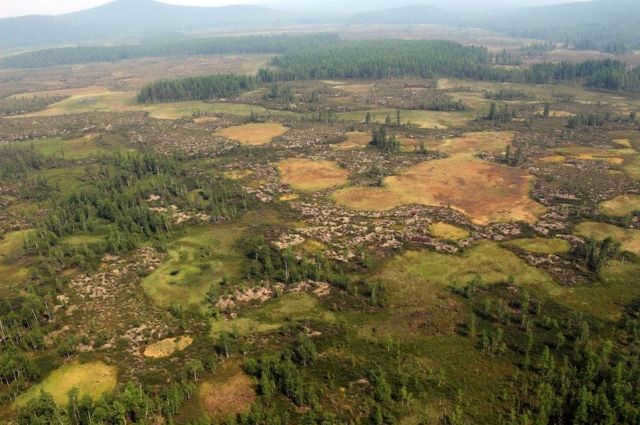

Another significant characteristic has been uncovered: the smaller the dimensions of the object, the more rapidly it decelerates in the atmosphere, and at a certain size, it is simply unable to overcome the gravitational pull of the Earth. Moreover, during intense deceleration, the temperature of its surface decreases, vaporization ceases, and a liquid film forms on the surface, which is then blown away by the aerodynamic flow. Under such circumstances, this object would become the origin of a vast amount of meteoritic substance droplets, yet no droplets have been discovered.
The previous assumption that the asteroid was made up of ice or rock has been disproven. It has been determined that the asteroid was actually composed of fragmentation-resistant iron, as our strength calculations have indicated. Based on our estimates, the asteroid’s most likely size ranged from 100 to 200 meters, and it was traveling at a velocity of approximately 20 thousand km/s. As it passed through the Earth’s atmosphere, the asteroid lost half of its mass and managed to escape the pull of Earth’s gravity, continuing on its orbit around the Sun.
It vanished into thin air
– Numerous experts in the field of Tunguska event still maintain the belief that in the remote year of 1908, there was a collision between an asteroid and the Earth. This collision resulted in an explosion with a power equivalent to 50 megatons, comparable to the most potent hydrogen bomb. As a result, an expanse of 1.5 thousand square kilometers was covered in fallen trees and ignited fires that consumed the area.
– Our calculations have indicated that the evaporation rate of the material from the celestial object amounted to 500,000 tons per second. This immense quantity was emitted as hot plasma, with a temperature exceeding 10,000 degrees. Through the ionization of iron atoms, a super-dense blend of electric charges is generated, whose swift expansion results in the explosion effect. It was the shockwaves produced by the passage of the massive celestial body through the atmosphere that brought about the tremendous devastation on Earth, rather than a direct asteroid impact.
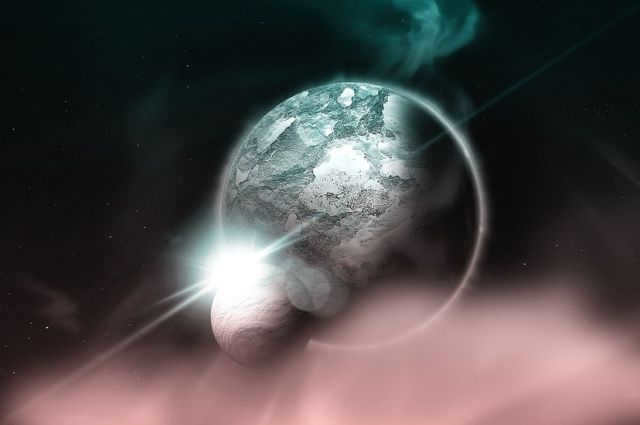

– So why is there no sign of plasma?
– During the process of ionization, iron atoms react with atmospheric oxygen to create iron oxides, which are commonly known as rust and are carried by atmospheric currents over a wide area. These oxides are indistinguishable from the ones naturally found in the Earth’s soil. Because the substance was vaporized into individual atoms, no large rocks or fragments of the celestial body were found above the epicenter.
When it comes to the fires, just picture an enormous bolide hurtling through space at incredible speed, its temperature soaring above 10,000 degrees. To put it into perspective, the surface temperature of the Sun is only 6,000 degrees. And yet, this bolide was a mere 10-15 kilometers away. The optical radiation it emitted was so intense that it caused old dry leaves and tree bark to burst into flames.
“Pandemic of information.”
– Does your idea receive scientific recognition?
– It was published in one of the most prestigious scientific astronomical journals, Monthly Notices of the Royal Astronomical Society. This publication is highly regarded and gaining acceptance is no small feat. Each scientific paper undergoes a rigorous peer review process before being published. Our articles were thoroughly evaluated by experts from NASA. When the Krasnoyarsk Science Center issued a press release on our research, it sparked a widespread “information pandemic”. Numerous publications in Russia and hundreds of foreign media outlets, including Fox News, CNN, and the New York Post, circulated the news. Not only did scientists weigh in, but amateur astronomers also shared their opinions. Some expressed agreement with our conclusions, while others, who have dedicated their lives to developing their own interpretations of the Tunguska phenomenon, disagreed. Despite this, our research continues, and we have already formulated a key concept.
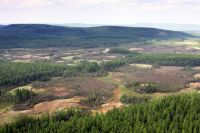
– Has the enigma of the Tunguska meteorite been unraveled?
– We cannot assert that. Our perspective has been presented, bringing us closer to solving it. Nonetheless, we still need to thoroughly examine and quantify the explosion’s nature.
– Are you experiencing a sense of fulfillment?
– Undoubtedly, we have accomplished something that nobody else has achieved. However, the enigmatic Tunguska event has been fueling the curiosity of young minds, motivating them to delve into the realm of science and contribute to our collective understanding of the world for over a century. Will this fascination endure if the mystery is unraveled? At times, I find myself pondering: let the enigma of Tunguska endure indefinitely, for in its unresolved state, it offers greater scientific value. Nonetheless, scientific advancement cannot be impeded, and nature still harbors numerous enigmas.
Sergey Karpov, born in 1955 in Kyzyl, is a renowned physicist. He completed his studies at the Physics Department of Krasnoyarsk State University and went on to defend his doctoral dissertation, earning the title of professor. Currently, he holds the position of a leading researcher at the Kirensky Institute of Physics, Siberian Branch of the Russian Academy of Sciences, where he also serves as the head of the basic department of space materials and technologies at SibSU. Sergey Karpov is recognized as an Honored Worker of General Education in the Russian Federation.
In the early hours of June 30, 1908, a mesmerizing ball appeared in the sky above Siberia, followed by a powerful explosion. This extraordinary event, known as the Tunguska meteorite, remains a subject of debate among scientists. Altapress.ru has compiled the most intriguing theories surrounding this phenomenon.
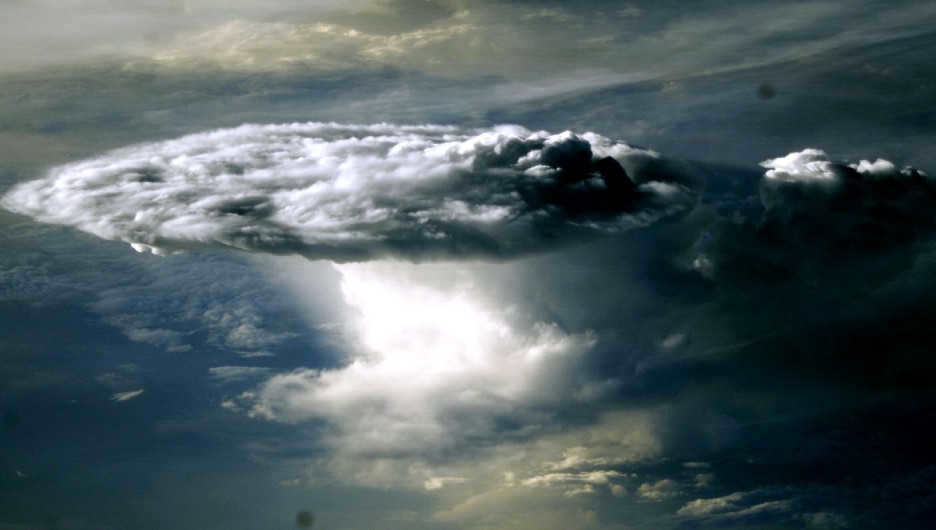
Discovering the Tunguska meteorite
On the morning of June 30, 1908, an extraordinary event occurred over Eastern Siberia in the basin of the Podkamennaya Tunguska River (Evenki district of Krasnoyarsk Krai). A brilliant ball-bolide appeared in the sky for a few seconds, leaving a stunning dust trail in its wake that lingered for hours. Suddenly, a tremendous explosion echoed across the taiga, causing devastation within a 40 km radius, claiming the lives of animals and injuring humans. The intense radiation ignited a fire in the forest, as reported by RIA Novosti.
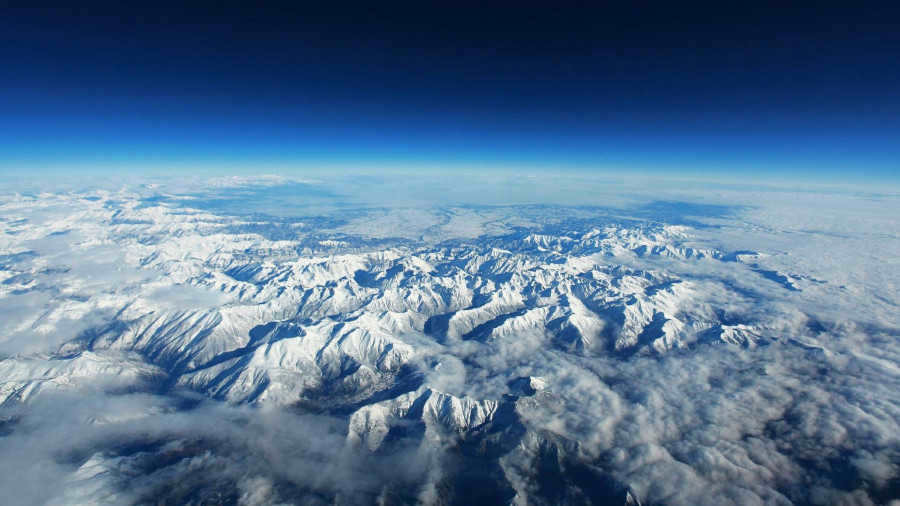
The disaster site is devoid of any crater. At the epicenter of the explosion, some trees remain standing with no leaves or branches, only bare trunks. Despite the extensive search efforts, the Tunguska meteorite has never been recovered. An unidentified object detonated above the taiga, leaving behind no trace.
If the Tunguska meteorite had crashed just four hours later, the city of St. Petersburg would have been wiped off the face of the Earth, according to kp.ru. Thus, the fact that the celestial body landed in an uninhabited taiga can be considered an incredible stroke of luck.
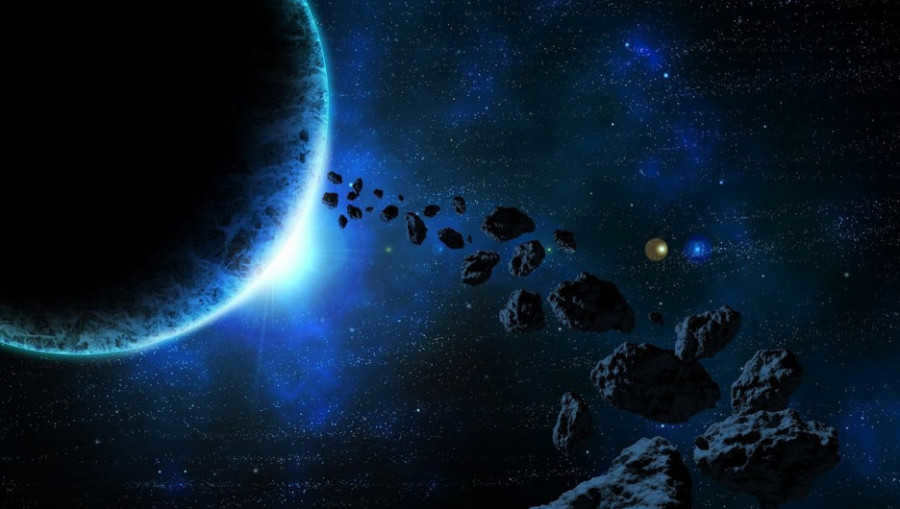
Versions of scientists and more regarding the Tunguska meteorite
The Classical Hypothesis
On June 30, 1908, a massive stone or iron meteorite or perhaps even a swarm of meteorites impacted the Earth. However, this hypothesis is contradicted by the lack of any meteorite fragments and the absence of a crater, as reported by aif.ru.
Actually a comet, not a meteorite
Comets, unlike meteorites, consist of a loose structure composed primarily of ice. When a comet enters the Earth’s atmosphere, the heat and pressure can cause the substance of the comet to rapidly degrade, leading to its explosion and destruction.

Alien Spaceship
Back in 1946, science fiction writer Alexander Kazantsev presented a unique theory in the magazine “Around the World” regarding the Tunguska event. According to Kazantsev, the mysterious occurrence was actually the result of an extraterrestrial spaceship crashing to Earth.
Nikola Tesla’s groundbreaking experiment
In accordance with this account, on June 30, 1908, Tesla conducted a revolutionary experiment in the vicinity of Alaska, unleashing an “energy super-shot” from his laboratory. Remarkably, the immense power unleashed by Tesla’s experiment traveled a much greater distance than anticipated.
The enigma of ball lightning
Over a century ago, when investigating the Tunguska catastrophe, scientists hypothesized that the cataclysmic explosion may have been caused by an enormous ball lightning phenomenon.
Despite extensive scientific inquiry, the true nature of the mysterious explosion that occurred over the desolate taiga remains elusive.
This bookmark is intended for our most observant readers who have a keen eye for typos, spelling, punctuation, and factual errors in our content. If you come across any mistakes and would like to assist us in rectifying them, we express our gratitude in advance. Your contribution is immensely valuable not only to our editorial team, but also to the readers who will benefit from the improved quality of our materials. To report a typo, simply highlight it with your mouse and press Ctrl+Enter.
On June 30, 1908, there was a tremendous blast in Central Siberia. It was caused by an event known as the “Tunguska meteorite,” which exploded about 7-10 km above the Earth’s surface. This explosion resulted in the scorching of approximately 200 square kilometers of forest, equivalent to the size of modern-day Yaroslavl. No evidence of the meteorite or any other celestial body has been discovered. Researchers continue to debate the origin of this phenomenon and ponder the possibility of a similar catastrophe occurring in the future.
The detonation of two thousand nuclear bombs
The Tunguska event remains one of the most enigmatic occurrences in human history: 112 years ago, around 7 a.m. local time, the sky above Siberia’s Podkamennaya Tunguska river basin (Krasnoyarsk Territory) was illuminated by a brilliant flash, accompanied by a thunderous rumble.
For a mere couple of minutes, a colossal dazzling sphere-like fireball emerged in the heavens, which witnesses even referred to as a second sun. Subsequently, an explosion of extraordinary magnitude ensued. Scientists estimate its power to be equivalent to 10-40 megatons of TNT, akin to the energy produced by two thousand nuclear bombs, such as the one deployed on Hiroshima in 1945.
The shockwave from the explosion traveled around the world multiple times, resulting in the destruction of over 80 million trees at the blast site and the death of all living organisms within hundreds of kilometers. The effects of the event were observed from the Yenisei river to the Atlantic coast.
Numerous expeditions were conducted in search of the presumed “meteorite,” but not a single fragment or crater was ever found, leading to over a hundred theories regarding the nature of the incident.
Eyewitness accounts of the Tunguska Event
Those who were closest to the epicenter of the Tunguska Event were the residents of the village of Vanavara and the nomadic Evenks. This is what they had to say:
"I was in the middle of swinging my axe to hammer a hoop onto the cadushka, when suddenly, in the north above the Tunguska road of Vasily Ilyich Onkoul, the sky split open and a massive fireball appeared, stretching across the entire northern part of the sky. It was so intensely hot at that moment that it felt like my shirt was actually on fire" (S.B. Semenov, Vanavara factoria).
“I had a terrifying experience. The moment I set foot on the ground, the forest surrounding me burst into flames, and 28 reindeer were quickly engulfed in the fire. Thankfully, I managed to escape to safety in a nearby swamp. As I made my way to Vanavara, a town where the local Russians, known as the Luchis, resided, I couldn’t shake off the fear that had gripped me. It turned out that they too were frightened by the disaster. Their houses had shattered windows and cracked stoves. I vividly remember seeing one of their elderly men sitting on a bench, only to be lifted by the wind and thrown to the ground” (Lyuchetkan, Evenk “little Russian”, aka I.P. Petrov).
The person who first discovered the devastated area was researcher Leonid Kulik. He strongly believed that the fallen object was indeed a meteorite. In his quest for fragments, he examined several circular depressions and even drained a small lake, but there were no signs of a celestial body.
Some experts expressed skepticism regarding the hypothesis that the event was caused by a meteorite. Several pointed out the unusual nature of the phenomenon and its resulting effects.
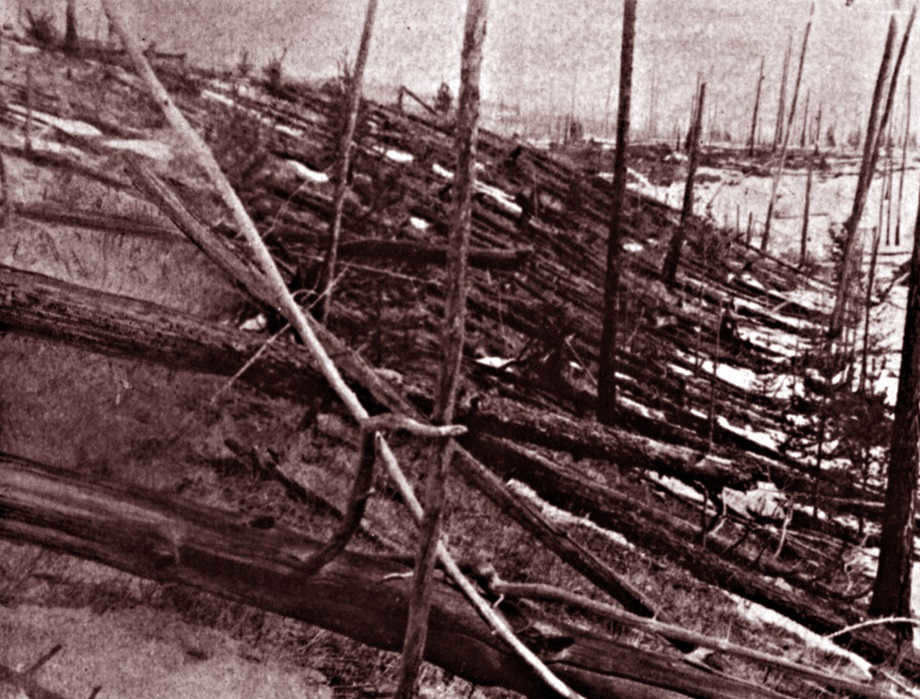
Photo:GloballookPress
The aftermath was felt worldwide
For instance, at the site of the incident, entire groves of trees managed to survive amidst the shattered ones. In most cases, the trees were superficially burned but remained upright. Additionally, the areas that were scorched by the explosion quickly became overgrown with new forest; the rate of growth was three times higher than usual. Interestingly, no traces of radiation were found in the area where the “meteorite” fell.
Another enigmatic fact involves the phenomenon known as the light nights of 1908. They were observed a week prior to the bolide’s descent in Europe and Western Siberia.
Newspapers reported that people could comfortably read books on the streets at midnight.
Following the Tunguska disaster, various atmospheric phenomena were documented, including not only a bright glow but also a range of colorful twilight, as well as the appearance of bright silver clouds and daytime optical effects such as halos and sun rings extending all the way to the Atlantic.
Furthermore, there were significant fluctuations observed in the Earth’s magnetic field during this period.
Meteorite, extraterrestrial craft, or Tesla’s experiments?
All of these occurrences sparked the development of new theories regarding the Tunguska event. American physicists Albert Jackson and Michael Rian proposed that a “black hole” had entered Earth’s atmosphere, while French optical anomalies researcher Felix de Roy suggested that it was a cloud of cosmic dust. Additionally, other experts and amateurs put forth hypotheses involving a laser beam impact, the crash of an alien civilization’s spacecraft, or the experimental work of the brilliant scientist Nikola Tesla.
A thorough examination was conducted on the potential scenario of a comet’s descent. This celestial body, composed of gas and ice, had the potential to create a prolonged luminous display in the sky and vanish without a trace after detonation. However, this theory is refuted by a series of facts: no comet has ever been recorded to have collided with Earth, and even if it did, it would need to burn up at an altitude of 30 kilometers above the surface.
Receiving validation from the scientific community, the “asteroid scenario” is now being considered. In this scenario, the object could fragment into smaller pieces and evade detection.
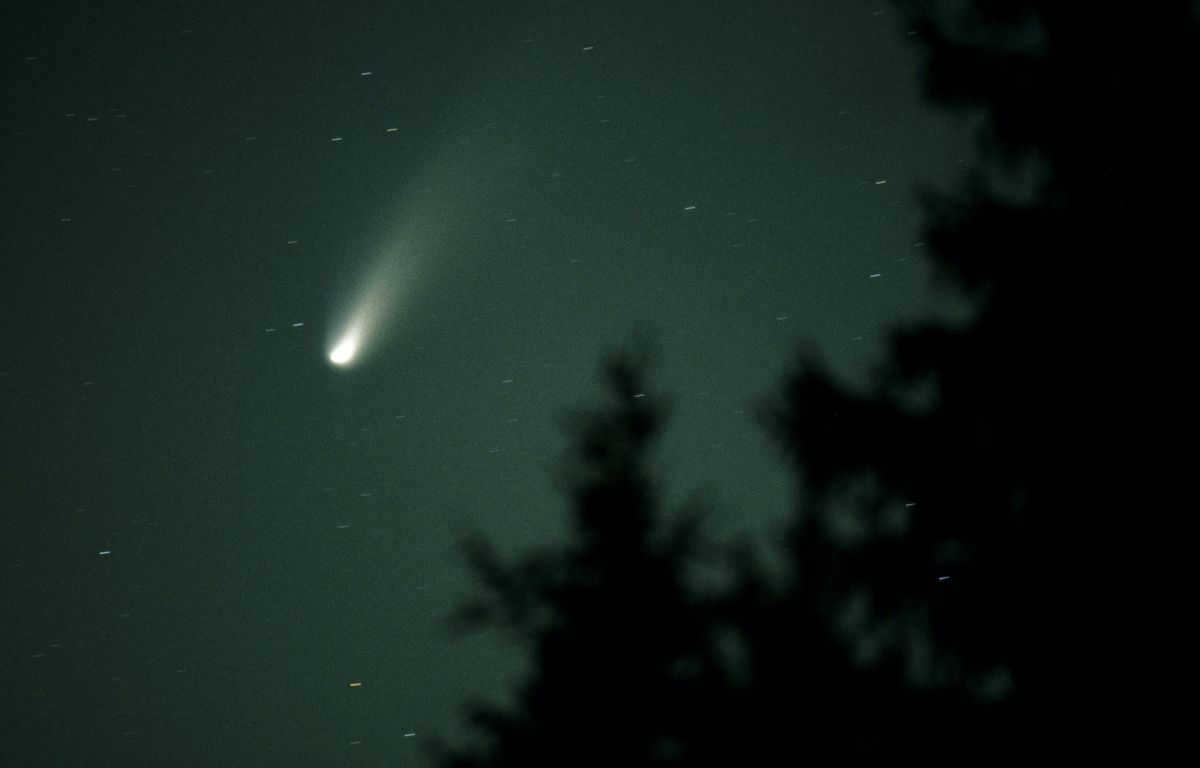
Photo: imagebroker/Hannu Hautala/FLPA/imagebroker.net/GlobalookPress
However, the prevailing theory regarding the Tunguska event is still the “meteorite theory”.
In 2013, geologists from the United States examined the grains collected by Soviet scientists at the impact site and determined that it was a meteorite belonging to the carbonaceous chondrite class. However, their findings were met with opposition from Australian expert Phil Blend, who pointed out the low concentration of iridium in the samples. Iridium is typically present in all meteorites.
According to Italian Professor Luca Gasperini from the Bologna Institute of Marine Geology ISMAR, it has been confirmed this year that the crater from the meteorite discovery belongs to Lake Checo. He suggests that the fragment of the space object can be found underwater, approximately 10 meters below the lake’s bottom. Professor Gasperini is confident that previous researchers were mistaken in believing that the lake predated the meteorite’s impact.
In an interview with “Komsomolskaya Pravda,” Gasperini explained that the lake has an unusual cone-shaped bottom, which is not typically found in water bodies in Siberia. He also mentioned that there are no records of the lake’s existence prior to 1908.
Is Mankind on the Verge of Another Catastrophe?
However, it is important to note that all the data collected so far have not provided a definitive answer to the events that took place 112 years ago. If it indeed was a meteorite, is it possible for a similar object to collide with Earth once again and bring about a repeat of such a catastrophe?
According to Nikolai Vasilyev, the former deputy director of science at the Tunguska Reserve, the most worrisome aspect is that proponents of the leading hypotheses may ultimately be proven correct. This is because statistical analysis suggests that space objects of a magnitude comparable to the Tunguska event come dangerously close to Earth approximately once every 300 years.
"If the Tunguska bolide had followed the trajectory currently accepted by scientists as the consensus, and had it fallen four hours later, the epicenter of the explosion would have been in Smolensk or St. Petersburg," the expert states as quoted by TASS.
Meanwhile, scientists theorize that if a foreign object were to impact a country with a functioning air defense system, it could result in unforeseeable repercussions, potentially even triggering a nuclear winter.
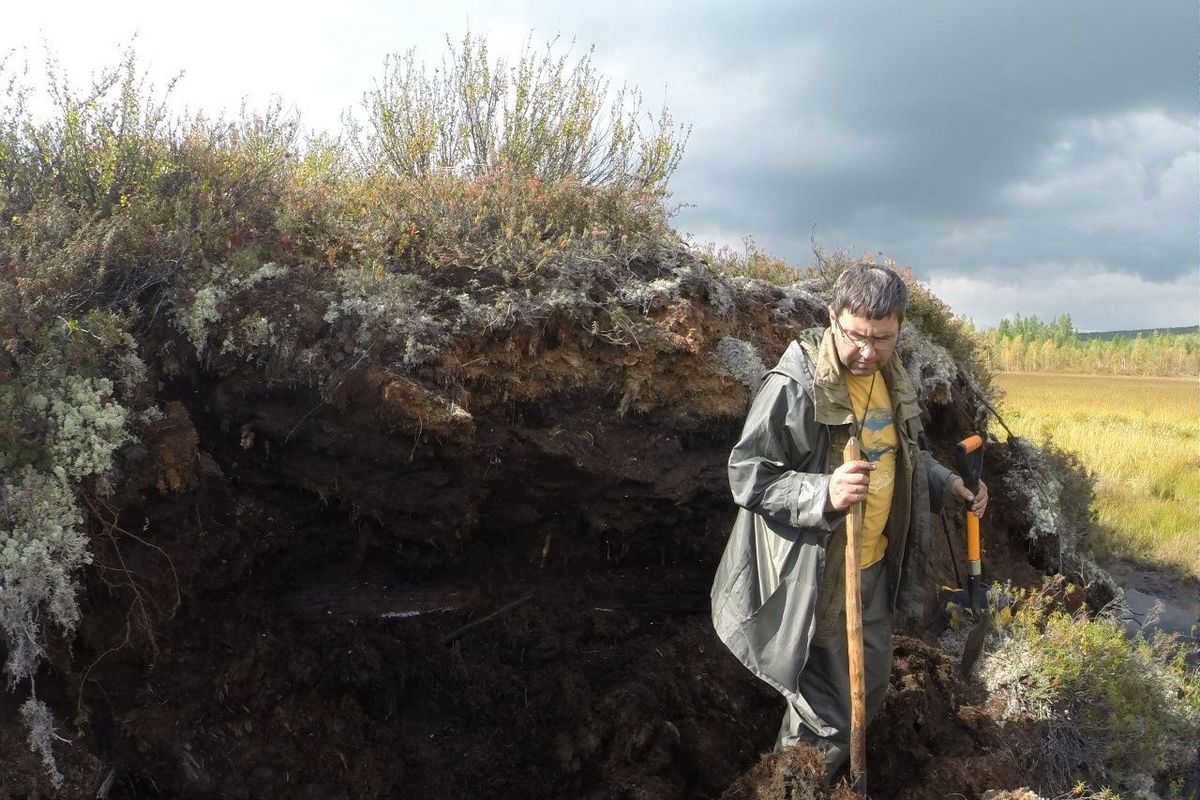
The Tunguska catastrophe remains an enigma of great magnitude from the previous century. Despite numerous eyewitness accounts and expeditions, no fragments of the meteorite have ever been discovered. The prevailing theory within the scientific community suggests that it detonated before reaching the Earth’s surface. However, scientists from Nizhny Novgorod have posited that the meteorite did indeed impact the ground and embarked on an expedition to search for the crater. NN.RU recounts the experiences of one of the participants, Alexei Kiselev, a teacher at Minin University.
On the morning of June 30, 1908, a massive fireball lit up the sky over central Siberia. Eyewitnesses described seeing a bluish-white object, although the intense brightness made it hard to make out.
According to the Krasnoyarets newspaper, on the island across from the village, horses and cows ran in panic, creating a scene as if the earth was about to split open and swallow everything.
Then came a series of explosions. The shockwave knocked down trees across a two-thousand-kilometer area. In nearby settlements, windows rattled and objects fell off shelves. Evenks, whose camps were near the forest, later recounted to researchers how the thunderous blast caused the trees to ignite and their reindeer to scatter.
Reactions to the event were diverse. Local residents initially speculated that the Japanese were responsible (despite the war with them having ended in 1905). The Evenks associated the celestial phenomenon with the descent of the god Ogda, while science fiction writers began to develop theories that the explosion was caused by the crash of a spaceship.
However, scientists at that time immediately suspected that a meteorite had passed over Siberia. The first scientific expedition could only be organized in 1921, when the Academy managed to secure funding. This expedition marked the beginning of a more extensive investigation into the Tunguska disaster.
Despite numerous expeditions to the area where the meteorite is believed to have fallen, fragments of the celestial body have not been found after almost a century of research.
Video: Alyona Semakina, Anna Kurylyova, Vlad Cherkasov
What Nizhny Novgorod scientists were aiming to discover
Alexei Kiselev’s fascination with the Tunguska catastrophe began during his school years. Over time, this interest developed into a study of meteorite craters. The scientist considers himself a trailblazer in investigating the meteoritic origins of Lake Svetloyar.
With the advent of detailed photomaps of the Earth’s surface, such as “Google Earth,” Kiselev was curious to see what the site of the Tunguska meteorite impact looked like. This curiosity sparked further research. In 2008, he took part in an international expedition, but it yielded no results. The next expedition had to be meticulously planned for several years.
According to Alexei Kiselev, there has been a previous belief in the scientific community that the meteorite exploded in the air at an altitude of 5-10 kilometers, with the substance vaporizing and only a shock wave reaching the ground.
However, our hypothesis suggests that the meteorite actually made contact with the ground and exploded on the surface, creating a meteorite crater. In fact, we attempted to locate and may have discovered the meteorite crater of the Tunguska meteorite, as stated by the researcher.
This expedition, supported by Minin University where Alexei Kiselev teaches, took place during the summer. Andrei Antonov, an employee of the Institute of Applied Physics of the Russian Academy of Sciences, joined as the second participant. They were later joined by Evgenia Moroz, an inspector from the Tunguska Nature Reserve. The three of them embarked on their journey together.
Location of Meteorite Impact
Traveling over five thousand kilometers by plane from Moscow to the village of Vanavara in the Krasnoyarsk region, followed by approximately 70 kilometers along rivers, and finally on foot, the researchers faced a challenging route. They had to navigate through forests and swampy terrain in drizzling rain. It took them several days to reach the potential site of the meteorite crater.
– What left a lasting impression on me were the checkpoints. <. >After walking all day and finally passing a checkpoint, it was such a relief and joy. Being able to melt a stove, warm up, sleep on a flat surface in a sleeping bag, and cook food on the stove without any smoke, soot, or other inconveniences was an incredible experience, “recalls Alexey Kiselev.
The aim of the expedition was to explore the circular formation in the Southern Swamp, which, as per the scientist’s calculations, was the most suitable candidate for a meteorite impact crater. This was indicated by the map showing the collapse of the surrounding forest. Another piece of evidence was the remarkably flat and level swamp, which Kiselev pointed out as a sign of its youth.
The teacher observed that the epicenter, or what he referred to as the target, is quite intricate. It is an ancient paleovolcano situated in a mountainous terrain. He explained that the swamp has engulfed the crater and essentially flattened it.
– If this were occurring in the Nizhny Novgorod region, where we have sandy terrain, we would immediately witness the pattern of an explosion. However, witnessing an explosion on top of another explosion is rather confusing,” remarked the researcher.





